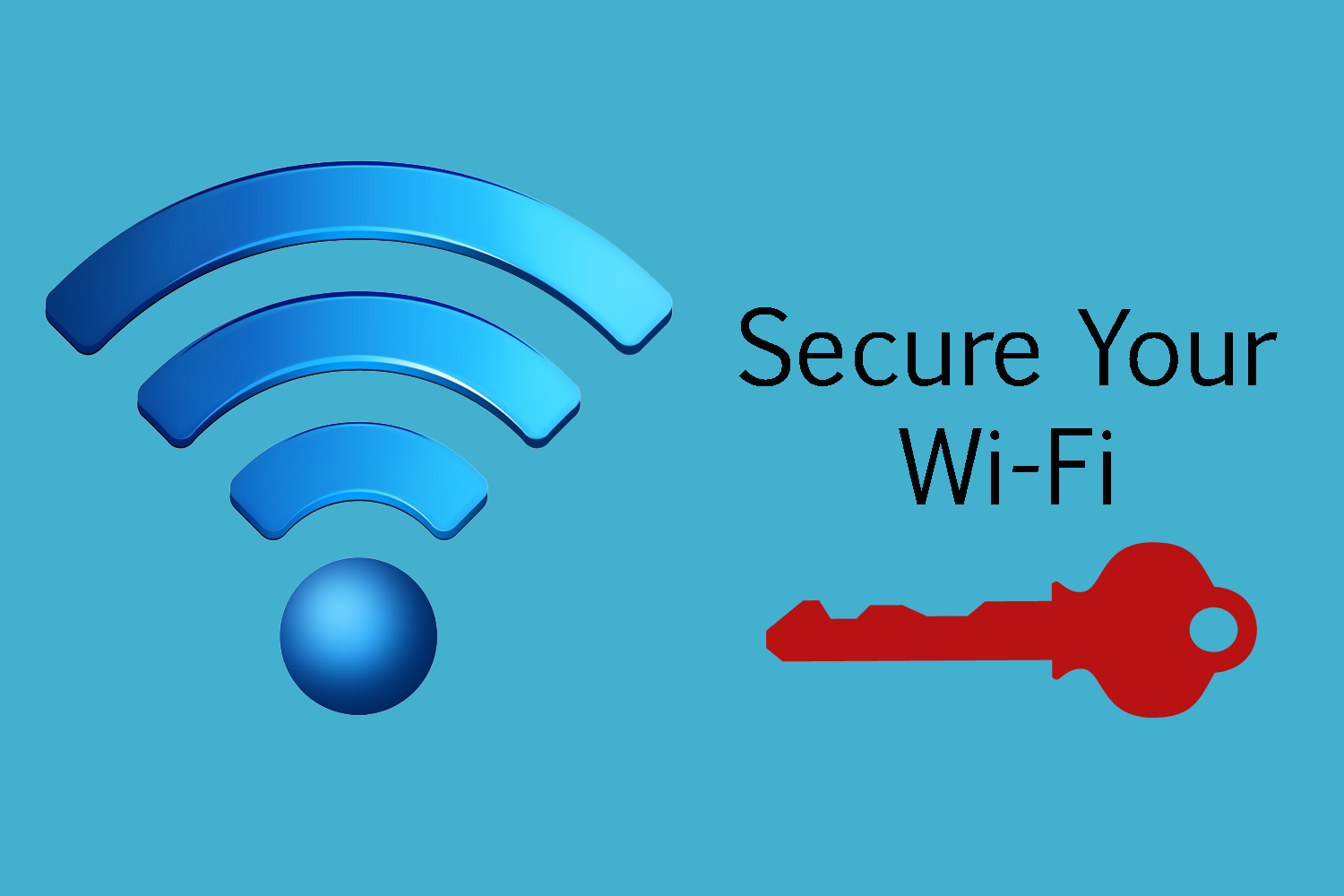
When creating a private Wi-Fi network for your home, you need to make sure your network is secure. You need to know that Wi-Fi access points (routers) can be used as a tool by hackers to access your data. That is because Wi-Fi signals are often broadcasted beyond the walls of your company or home which means that hackers or neighbors, who do not have access to the Internet, could be tempted to connect to it.
If your wireless network is not protected against unauthorized usage, data transmitted or received through it can be intercepted. Neighbors can also use the network bandwidth, which will reduce the connection speed for your devices. By protecting the Wi-Fi network, you can avoid such situations, and you will also protect the devices connected to it.
Below you can find some tips towards having a more secure Wi-Fi network:
1. Read the router’s instruction manual.
You can search online for your router instruction manual if you don’t physically have it. In most cases, this information is available online. If not, you need to contact your device manufacturer or Internet provider for a copy.
2. Check your current Wi-Fi security settings.
If your guests, who are in your home for the first time, can access the Internet without a password, then your network is not protected. But even if access to the Internet is done through a password, some authentification protocols are not as secure as others. Your Wi-Fi settings page will show you exactly how the connection is protected. Most likely, it’s not protected at all or uses WEP, WPA or WPA2 protocols. The WEP security protocol is outdated and is best to avoid using it. WPA is better compared to WEP, but the best one is still considered to be WPA2.
3. Protect your router so that no one can change the settings.
Create another password for the router, different from the password you created for the wireless network. Typically, when a router is sold, it does not have a password, or if it has it, it consists of a set of basic characters. These passwords are known by attackers. They use them to attack the network, the transmitted data or the connected devices. You can use the settings page of your router to change the password. Do not tell anyone the new password. If your network and router password are identical, anyone who knows your Wi-Fi password will be able to change your router settings.
4. Set up a custom password to protect your Wi-Fi network.
When setting up WPA2, you will need to create a password. It is essential to create a unique password, and it also has to contain a large number of numbers, letters, and symbols, so that it can not be easily guessed. Give the password only to trusted people.
5. Work only with trusted professionals.
Anyone can say they are an expert in the field of internet security, just by Google-ing the issue and checking the first results for answers, but you can also be misled and misinformed by rogue people that want to create a security breach in your network from where to spy on your data. That is why it is always a good idea to work only with trained professionals that have extensive experience in the field and who are there to give you tips and help you implement the best IT Wireless solution.

